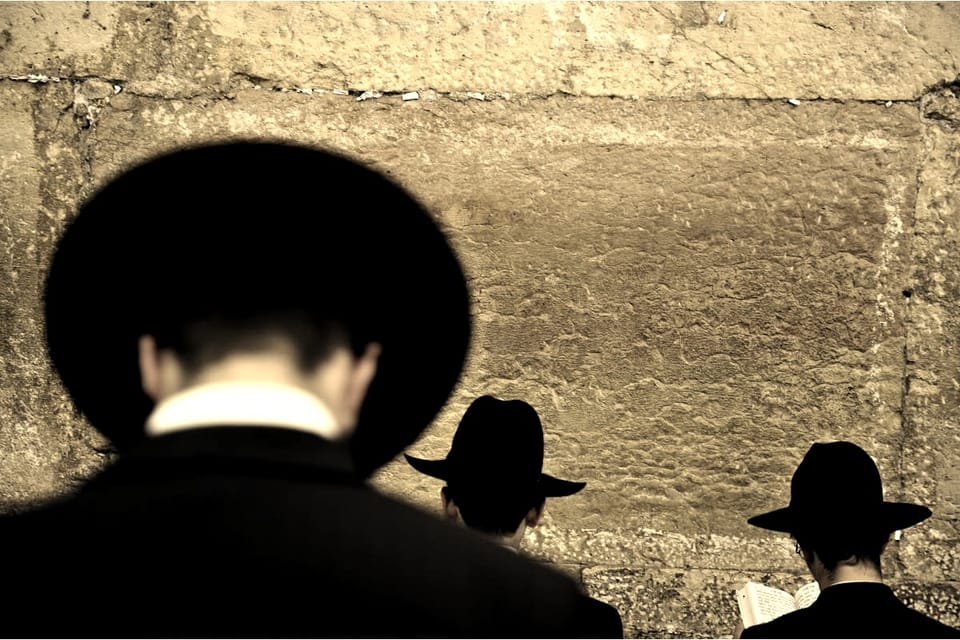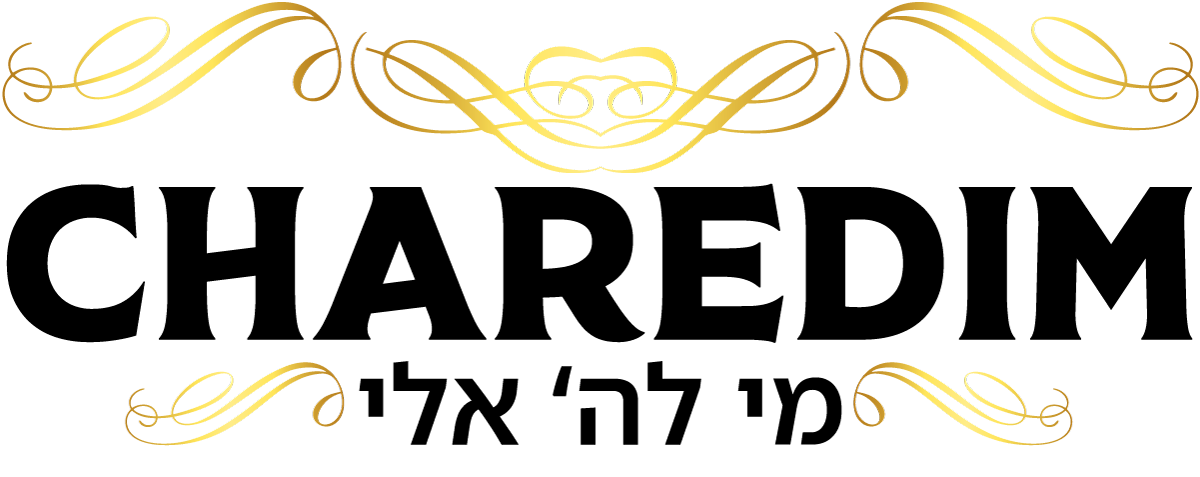Why Do Charedim Wear Black Hats and Jackets for Davening (Prayers)?

Is it just tradition—or is it rooted in halacha, kavod, and mesorah?
When you walk into a Charedi minyan, one thing stands out: nearly all the men wear a black hat and jacket while davening. But this is not a matter of social conformity. It is a reflection of deep halachic and hashkafic values—about what it means to stand before the Ribbono Shel Olam.
1. Halacha: Dress Like You’re Standing Before a King
The Shulchan Aruch writes:
"צריך שיכוון בליבו פירוש המילות ושהוא עומד לפני השכינה." “One must focus his heart on the meaning of the words and that he is standing before the Divine Presence.” — Shulchan Aruch, Orach Chaim 98:1
And the Mishnah Berurah there explains:
"יעורר הכוונה שיסיר כל המחשבות הטורדות אותו עד שתישאר מחשבתו וכוונתו זכה בתפילתו." “He should arouse intention, removing all distracting thoughts, so that his mind is pure in his prayer.” — Mishnah Berurah 98:1
The clear implication is: when you daven, you are standing in front of the King of kings. And when a person comes before a human king, he doesn’t wear casual clothes. He wears clothing that conveys honor, awe, and respect.
The Pri Megadim (Eshel Avraham 91:5) rules that one should wear bigdei kavod—honorable garments—while davening, because “tefillah hi bimkom korban”—our tefillos are in place of the korbanos, and the kohanim wore special garments for that avodah.
2. Covered Head: The Yarmulke Is Not Enough
While halacha requires covering one’s head, many poskim explain that when davening, one should wear an additional covering—a hat—especially during Shemoneh Esrei.
The Mishnah Berurah brings from the Chayei Adam that:
"יש נוהגין להניח כובע מיוחד לתפלה, וטוב לעשות כן להראות יראת שמים." “Some are accustomed to wear a special hat for prayer, and it is good to do so, as it demonstrates fear of Heaven.” — Mishnah Berurah 91:12
Rav Chaim Kanievsky zt”l was asked why many gedolim insist on wearing a hat specifically during Shemoneh Esrei, even if they are already wearing a yarmulke. He answered simply: “Because that is the derech kavod we received from our fathers and teachers.”¹
3. Two Garments: A Halachic Preference
The Shulchan Aruch also states:
"לא יעמוד אדם להתפלל... אלא יהא לבוש כדרך שמדברים לפני גדולים." “A person should not stand to pray unless he is dressed in the manner one would stand before important people.” — Orach Chaim 91:5
The Mishnah Berurah (91:11) writes:
"צריך ללבוש מלבוש עליון (מעיל) גם בלילה... דבלא מעיל לאו דרך כבוד היא." “One must wear an outer garment (a coat or jacket) even at night, for without it, it is not a respectful appearance.”
This is the source for wearing a jacket or suit coat during tefillah. The outer layer is not just for warmth—it’s for kavod tefillah.
4. Black: A Color of Seriousness and Humility
While halacha doesn’t require a specific color, black has become the accepted color in the Charedi world for garments of kavod and seriousness.
The Rambam says:
"כיצד היא דרך התשובה?... ויהיו מלבושיו שחורים." “What is the way of repentance?... His clothing should be black.” — Hilchos Teshuvah 2:4
Black symbolizes humility, sobriety, and awe. It minimizes external flashiness and keeps the focus on one’s inner avodas Hashem.
In the same spirit, Rav Moshe Feinstein zt”l noted that black has historically been the color of bnei Torah because it shows seriousness of purpose and avoidance of vanity².
5. The Example of Gedolei Yisrael
From the Chofetz Chaim to Rav Aharon Kotler, from Rav Shach to the Steipler, and to Rav Chaim Kanievsky zt”l, the uniform of kavod hatefillah has always been the black hat and jacket. This is not a modern invention—it is a continuation of mesoras Yisrael.
The Chazon Ish was once seen davening Shacharis in his home while wearing his hat and jacket. When asked why he didn’t daven in more casual clothes since no one else was present, he answered: “The Ribono Shel Olam is here—isn’t that enough?”
6. The Power of Habit: You Become How You Dress
The Gemara (Shabbos 113b) says:
"כבודו מלא עולם, צריך אדם להתכבד לפניו בבגדים נאים." “Hashem’s honor fills the world—a person must honor Him with dignified clothing.”
Rav Yaakov Kamenetsky zt”l often emphasized that dressing with kavod for tefillah affects your internal mindset. When you put on a hat and jacket, you enter a different headspace. You’re no longer a businessman or a student—you’re an oved Hashem standing before the King.
Conclusion: Clothing That Elevates the Soul
Wearing a black hat and jacket for davening is not about fashion or social pressure. It is about emunah, kavod, and kavanah. It is about living the words:
"שִׁוִּיתִי ה' לְנֶגְדִּי תָמִיד." “I place Hashem before me always.” — Tehillim 16:8
We don’t dress for others. We dress for Hashem.
And when we do, our davening becomes not just a set of words—but an encounter with eternity.
Sources & Footnotes:
- Rav Chaim Kanievsky, cited in Orchos Yosher and personal correspondence with talmidim on kavod hatefillah
- Igros Moshe, Orach Chaim 1:1 – on clothing and kavod hatefillah
- Shulchan Aruch, Orach Chaim 91:1, 91:5
- Mishnah Berurah, 91:11–12
- Pri Megadim, Eshel Avraham 91:5
- Rambam, Hilchos Teshuvah 2:4
- Gemara, Shabbos 113b
- Tehillim 16:8
- Rav Yaakov Kamenetsky, cited in Emes L’Yaakov, Parshas Tetzaveh
